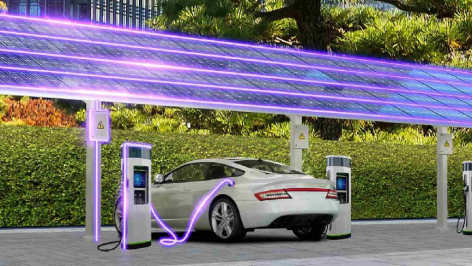
In modern society, our daily life is deeply dependent on the power grid, in order to ensure the reliability of electricity supply, we must constantly monitor and carefully maintain the power grid. As more and more users transition from non-renewable to renewable energy, the daily supply and demand of the grid are constantly changing, so we must respond to changing demand.
Isolated current detection is usually Hall-based or shunt based detection that can safely and accurately measure the current supplied to or drawn from the grid, thereby helping to manage the grid. For example, in electric vehicle (EV) charging systems and solar energy systems, isolation is necessary to protect low-voltage circuit controls from high-voltage transients.
Efficiency and power conversion in electric vehicle charging and solar applications
Both DC fast chargers and photovoltaic inverters employ similar primary power conversion building blocks. Dc fast chargers convert AC power from the grid into DC power in order to charge the batteries of electric vehicles. Solar panels convert DC power to AC power, connect it to the grid, and send power to the grid.
In electric vehicle charging, the basic DC fast charger is connected to a "common coupling point" in the grid. The EMI filter follows the common coupling point and prevents noise from subsequent power factor correction stages from coupling back into the grid, thereby maintaining measurement accuracy. This precision helps improve the efficiency of the AC/DC conversion.
The solar panels are connected to the grid in a similar way to an electric car charger. The DC voltage produced by a solar panel fluctuates according to the contact of the panel with sunlight and the amount of ultraviolet light received by the panel. The PV inverter then converts DC power to AC power, which can be at a common coupling point and back into the AC grid. In order for the output power of the photovoltaic inverter to match the grid, the isolated current measurement at this location must be accurate.
Measure
To achieve accurate metering and billing, it is necessary to measure current accurately. At the common coupling point, the metering system can use current detection to track the energy consumed by the DC fast charger. Tracking the health of the DC fast charger helps determine maintenance needs and properly bill the end user.
Metering standards for solar panels will monitor common coupling points to feed renewable energy back into the grid. In order to track small changes in current consumption over time, high accuracy is required throughout the life cycle, so designers often prefer to use isolated current sensors based on shunt (such as the AMC131M03) because the accuracy of open-loop technology can drift over time. However, current sensors based on shunt do not experience accuracy drift during the whole life cycle. Shunt based current detection technology helps prevent performance degradation over the life of the system.
Accurate control of power gates
Hall-based current detection is another form of isolated current detection. Hall-based current detection detects the current used to control the precise switching operation of the power gate in the power conversion stage. In the power conversion stage, the generally acceptable accuracy is 10 bits, because the current amplitude is large and there is no need to maintain accuracy over the entire range; Hall-based technologies such as the TMCS1126 current sensor are therefore popular due to their ease of use and low cost.
At the output end of the DC fast charger, the connection point with the vehicle usually has a current measurement based on the shunt; In order to ensure the safe charging of vehicle batteries, high precision is a priority. Or, at the input end of the photovoltaic inverter, in order to achieve maximum power output, the AMC3302 isolated amplifier is usually used in the mass power point transmission algorithm for accurate current detection based on the shunt.
Conclusion
Current detection will provide important protection, not only to drive the future development of renewable energy, but also to enable the correct and safe management of the grid. With the rise of electric vehicles and renewable energy, investments in DC fast charging stations and solar panels are also increasing. In EV charging and solar applications, shunt-based and Hall-based isolated current detection is critical to ensure safe and efficient operation.
The Products You May Be Interested In
 |
TPCM-2.4-5 | CMC 2.41MH 5A 2LN TH | 383 More on Order |
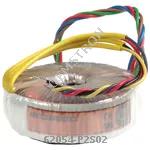 |
62054-P2S02 | XFRMR TOROIDAL 15VA CHAS MOUNT | 107 More on Order |
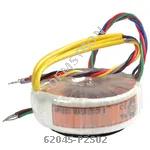 |
62045-P2S02 | XFRMR TOROIDAL 10VA CHAS MOUNT | 135 More on Order |
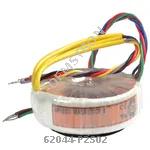 |
62044-P2S02 | XFRMR TOROIDAL 10VA CHAS MOUNT | 336 More on Order |
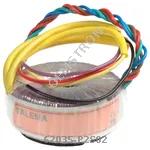 |
62035-P2S02 | XFRMR TOROIDAL 7VA CHAS MOUNT | 369 More on Order |
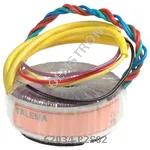 |
62034-P2S02 | XFRMR TOROIDAL 7VA CHAS MOUNT | 441 More on Order |
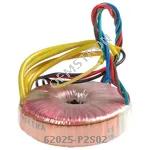 |
62025-P2S02 | XFRMR TOROIDAL 5VA CHAS MOUNT | 218 More on Order |
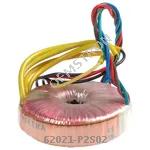 |
62021-P2S02 | XFRMR TOROIDAL 5VA CHAS MOUNT | 281 More on Order |
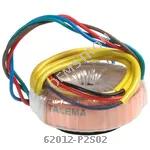 |
62012-P2S02 | XFRMR TOROIDAL 3.2VA CHAS MOUNT | 178 More on Order |
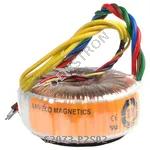 |
62073-P2S02 | XFRMR TOROIDAL 35VA CHAS MOUNT | 294 More on Order |
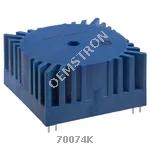 |
70074K | XFRMR TOROIDAL 35VA THRU HOLE | 380 More on Order |
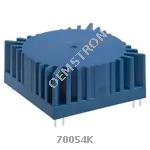 |
70054K | XFRMR TOROIDAL 15VA THRU HOLE | 262 More on Order |
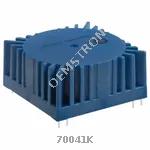 |
70041K | XFRMR TOROIDAL 10VA THRU HOLE | 157 More on Order |
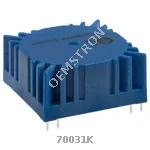 |
70031K | XFRMR TOROIDAL 7VA THRU HOLE | 481 More on Order |
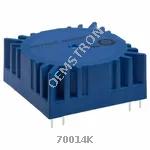 |
70014K | XFRMR TOROIDAL 3.2VA THRU HOLE | 309 More on Order |
 |
70011K | XFRMR TOROIDAL 3.2VA THRU HOLE | 420 More on Order |
 |
62015-P2S02 | XFRMR TOROIDAL 3.2VA CHAS MOUNT | 210 More on Order |
 |
70025K | XFRMR TOROIDAL 5VA THRU HOLE | 226 More on Order |
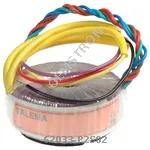 |
62033-P2S02 | XFRMR TOROIDAL 7VA CHAS MOUNT | 360 More on Order |
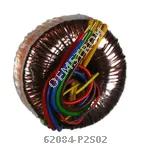 |
62084-P2S02 | XFRMR TOROIDAL 50VA CHAS MOUNT | 607 More on Order |
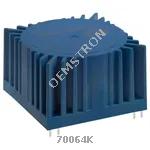 |
70064K | XFRMR TOROIDAL 25VA THRU HOLE | 2293 More on Order |
 |
AC1200 | CURR SENSE XFMR 200A T/H | 119 More on Order |
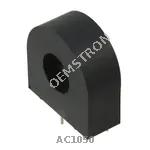 |
AC1050 | CURR SENSE XFMR 50A T/H | 409 More on Order |
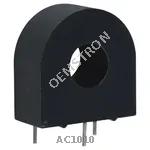 |
AC1010 | CURR SENSE XFMR 10A T/H | 254 More on Order |

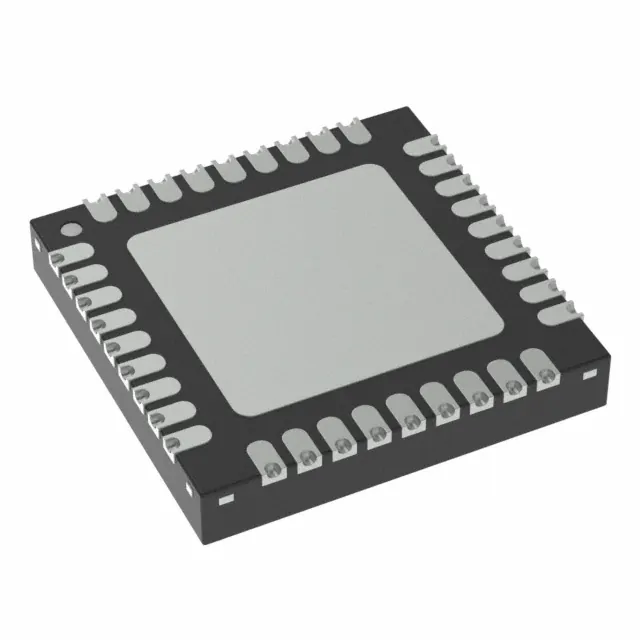 Semiconductors
Semiconductors









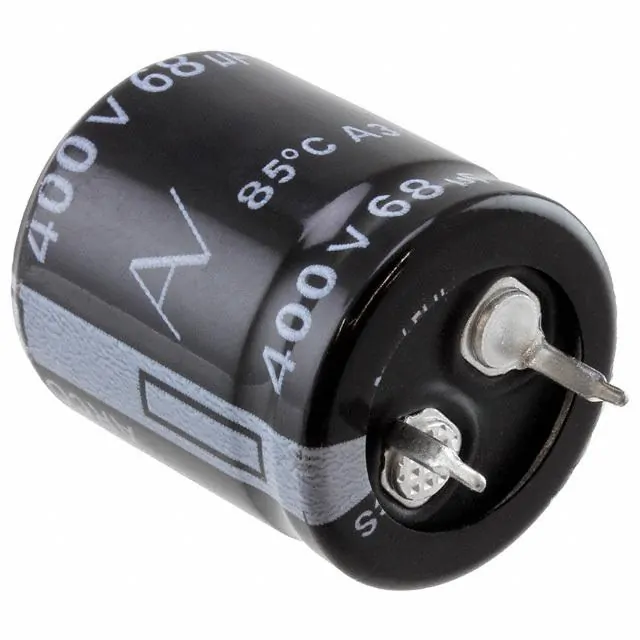 Passive Components
Passive Components









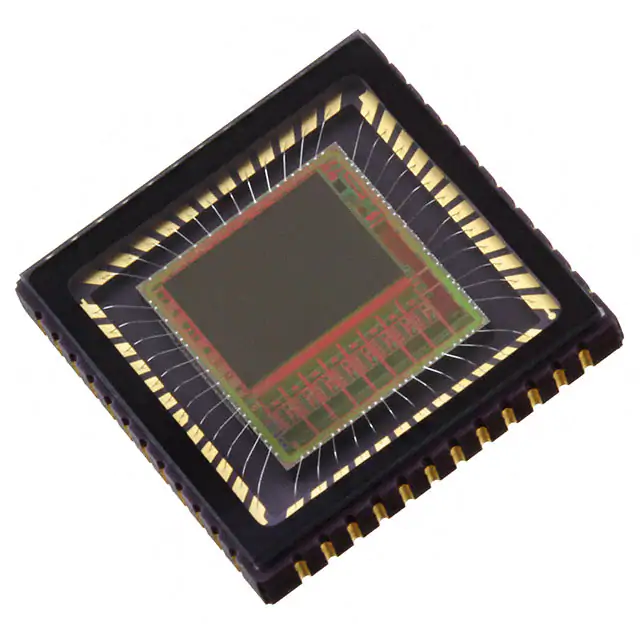 Sensors
Sensors








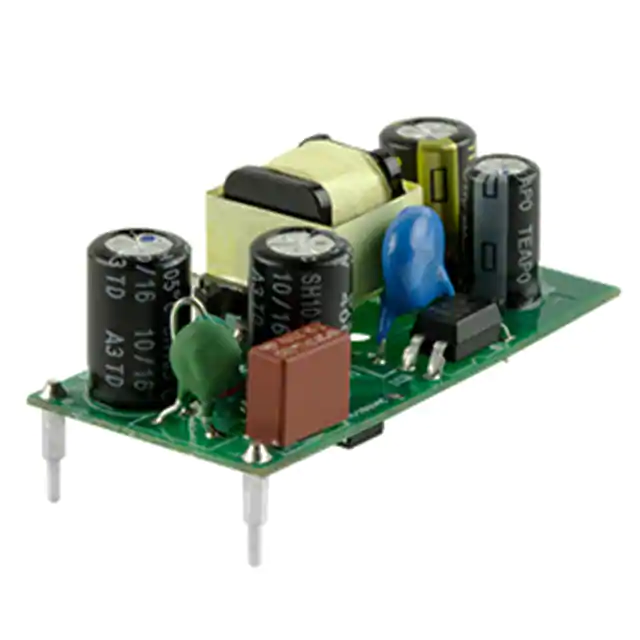 Power
Power









 Optoelectronics
Optoelectronics








